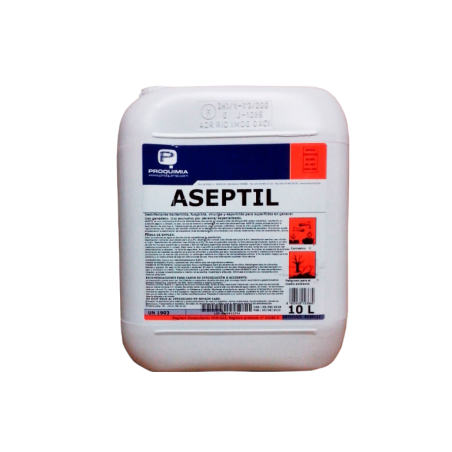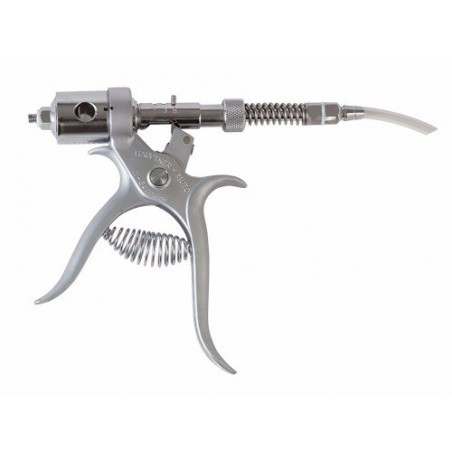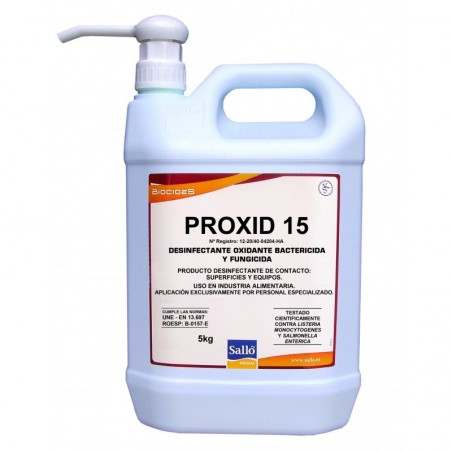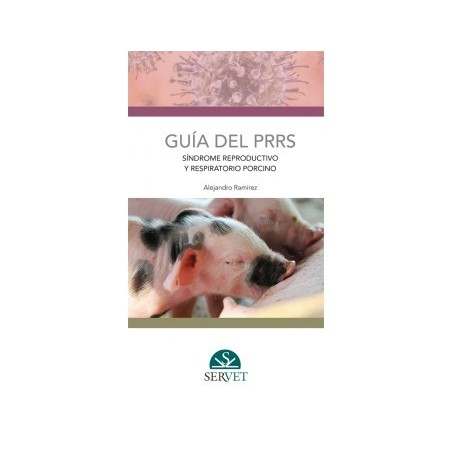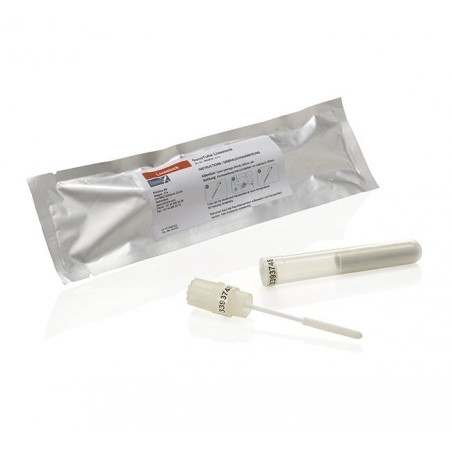Monitoring in farrowing
To determine if a farm is PRRSV-stable, it must be confirmed that no viremic piglets are being born. Transplacental transmission of PRRSV is highly efficient, particularly at the end of gestation, and therefore, if viremia is present in the breeding females, infection of the fetuses in utero will most likely occur.

Therefore, we must monitor at the farrowing house. Ideally, piglets should be tested at birth, but because it is difficult to test these animals, they are often tested shortly before weaning. If the results are negative, the absence of virus circulation in the breeding females is confirmed. If positive, samples should be taken at birth to determine whether the piglets were born already infected or had become infected by cross-contamination during lactation.
Serum is the reference sample for determining virus presence. Initially, blood samples should be taken from a total of 30 piglets, which would allow us to detect a prevalence of 10% with a 95% level of confidence for random samples. When sampling animals with signs of disease, the sensitivity is estimated to be higher. In the case of very low viral circulation, such as in the final stages of a stabilization program or on farms that are considered clinically stable, this sampling intensity may not be sufficient, and increasing the sample size to 60 is recommended, which would allow us to detect a prevalence of 5% or higher. Due to the low level of viral circulation, systematic and serial sampling should be carried out over long periods of time as it is possible to find a positive sample after several months of negative results. Once we start to see negative results, as a minimum we should monitor the piglets for a complete reproductive cycle.
Given the difficulty of taking blood samples from young animals, the impact on their welfare, and the high sample size required to detect such low prevalence, alternative sampling methods have been developed. One option is to use processing fluids - the exudate from castration and tail docking. As this exudate is mainly composed of plasma and blood, the virus is usually found when piglets are viremic, and it is therefore a good option to increase the sample size, maintaining a good sensitivity compared to serum sample analysis. It should be noted that the use of processing fluids is only suitable on farms where routine castration is practiced. With fluids from tail docking only, the sensitivity is much lower and is insufficient to reliably determine the status of the farm (Vilalta et al, 2018).
Obtaining blood from umbilical cords has been shown to be a viable option for PRRSV detection in neonatal piglets (Martin-Valls et al, 2018). Although this sample is easier to obtain, it needs to be collected around the time of birth and it should be noted that environmental contamination can be detected. However, it is a reliable alternative that allows for easy monitoring around farrowing, and is preferred over processing fluids from tail docking only.
Oral fluids have also been identified as a valid sample. The problem here is that nursing piglets are not usually attracted to the ropes, so sampling time is long and the representativity of the litter low, making it an unfeasible option. To try to improve the practicality of the technique, the sow has been included in the so-called family fluids, as the sow's example stimulates the piglets to chew on the rope and increases the sensitivity of the technique. However, it is a system still under study and is not considered the best option. In addition, the possibility of taking samples from the surface of the sow's udder using liquid-soaked wipes has been discussed under the rationale that, if the piglets are infected, they will excrete virus in oral fluids and contaminate the udder. Although there is not much experience using this technique and it is too early to evaluate the value of this system, the results are encouraging, as are the results obtained from sampling surfaces in the farrowing room. In this case, however, as we mentioned for umbilical cords, it is possible to obtain positive samples from negative litters, which indicates the detection of viral RNA from environmental contamination, so the results must be interpreted carefully (Vilalta et al, 2019).
Finally, the possibility of using aggregate samples of carcass parts, especially tongues, to determine the presence or absence of the virus in stillborn animals is being explored (Baliellas, 2020).
Monitoring in breeding females
Another key point is testing the replacement gilts. This must include sampling upon entry and before leaving the quarantine by ELISA and RT-PCR to confirm their health status, monitor the effectiveness of the acclimation, and know the time of infection, if it occurs. Tools such as sequencing should be used to confirm the identity of the viruses found during the acclimation period (i.e. vaccine or field virus). Although this is not enough to confirm that the sows do not pose a risk to the farm, we must at least check that they are not viremic when they enter the gestation facilities.
On the other hand, monitoring breeding sows is extremely difficult. Serology is of little value as there are no marker vaccines on the market, S/P values are highly variable between individuals and are dependent on the strain causing the infection (Kim et al, 2007), and animals remain seropositive for many months. In addition, there is often no secondary response after re-infection and when it does occur, it is very quick, so collecting paired samples is often of little use in determining virus recirculation. Similarly, monitoring by RT-PCR is not practical, as the number of viremic animals at any given time is very low and viremia in adult animals and with prior immunity is very short. This makes the detection capacity very low in practice and not worthwhile. Based on all the above mentioned we can conclude that monitoring of sows in production is only useful on negative farms and for diagnosing disease outbreaks.
In contrast, monitoring growing animals is quite easy and almost any sample and technique can be used. The only consideration would be to use a sample size and sampling system that allows for good representation of the population under study based on the expected prevalence level.






